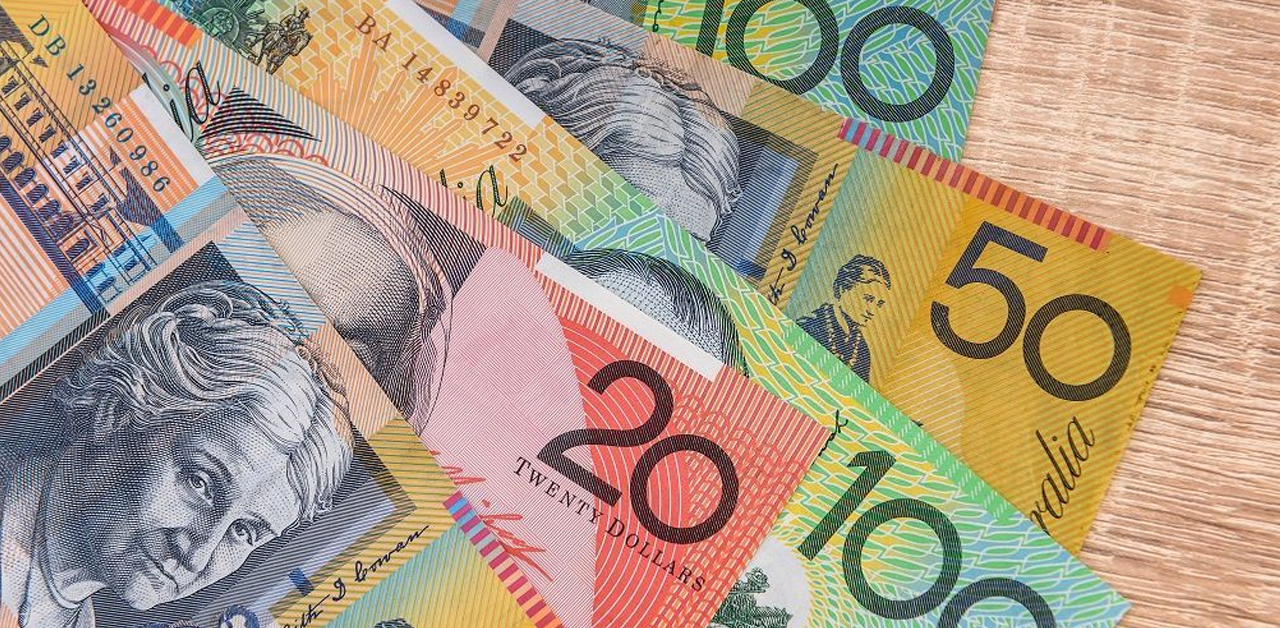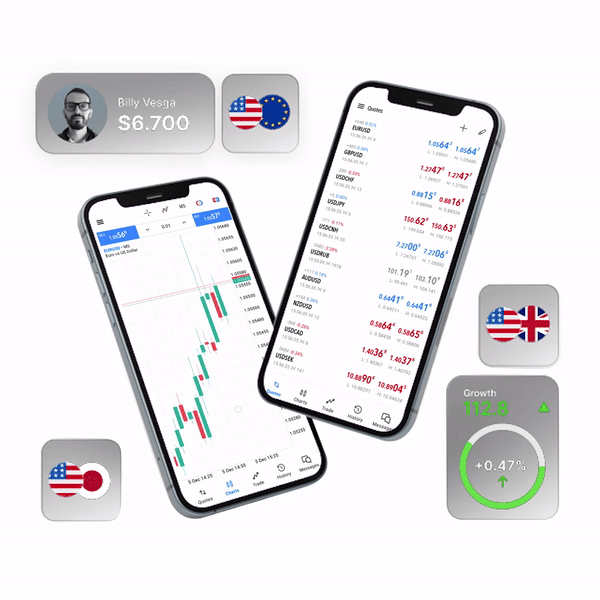As volatile trading on Wall Street continues, stocks dip
Investors were disheartened to see further evidence of inflation’s impact on businesses and another grim forecast for the global economy on Wall Street Wednesday, erasing most of their gains for the week. The losses come after a string of choppy trading days, with key indexes swinging back and forth between gains and losses by the hour. As investors strive to figure out how rising interest rates and inflation will affect the economy, volatility prevails.
The S&P 500 index dropped 44.91 points, or 1.1%, to 4,115.77. For the week, the benchmark index managed to maintain a small increase. It has now lost eight of the previous nine weeks. The NASDAQ slid 88.96 points, or 0.7 percent, to 12,086.27, while the Dow Jones Industrial Average fell 269.24 points, or 0.8 percent, to 32,910.90. The largest weights on the broader market were banks and industrial businesses. Union Pacific was down 3.1 percent and Wells Fargo was down 1.8 percent. Stocks in the technology sector have also dropped. Intel’s stock dropped 5.3 percent.
Stocks of smaller companies plummeted faster than the rest of the market. The Russell 2000 index dropped 28.56 points (1.5%) to 1,891.01. Bond yields have risen. The 10-year Treasury yield, which banks use to set mortgage and other loan rates, increased to 3.02 percent on Wednesday from 2.97 percent late Tuesday.
On Wall Street, the biggest issue is increasing inflation and whether the Federal Reserve’s decision to hike interest rates rapidly will help mitigate the damage or push the economy into recession. “What investors need to understand is that inflation numbers will take a long time to look good,” said Brian Levitt, global market strategist at Invesco. “What they need to pay attention to is whether it improves or deteriorates in relation to expectations.”
Businesses are still feeling the effects of inflation. Scotts Miracle-Gro, a lawn care products firm, fell 8.9% after reducing its profit prediction for the year because merchants aren’t restocking orders as quickly as projected. Consumers are shifting to either spending on services or focusing on basics rather than purchasing otherwise discretionary products such as electronics, according to retailers.
Russia’s invasion of Ukraine, which has increased pressure on oil and food prices since February, has only exacerbated the impact of inflation. Crude oil prices in the United States jumped 2.3 percent on Wednesday, bringing the year’s total to 63 percent, while wheat prices are up 39 percent in 2022. Following a series of lockdowns in Chinese cities dealing with COVID-19 cases, supply chains have tightened as well.
“It will be more difficult to see headline inflation come down as long as commodity prices remain elevated,” Levitt added. The Organization for Economic Cooperation and Development has lowered its economic growth prediction, following numerous other international organisations, like the World Bank, who expect inflation to have a long-term impact on economies around the world.
In testimony before the Senate Finance Committee on Tuesday, Treasury Secretary Janet Yellen said she expects inflation to stay high and that lowering it is a primary priority. At its meeting next week, the Federal Reserve is largely expected to raise its benchmark short-term interest rate by half a percentage point. That would be the second consecutive hike of more than double the regular amount, with a third expected in July.
The Fed’s goal is to reduce economic growth enough to mitigate the impact of inflation. Throughout most of the post-pandemic recovery, demand for commodities outpaced supplies and production capacity. However, investors are concerned that the Fed may raise rates too quickly, causing the US economy to enter a recession, especially given the current state of the economy. Wall Street is keeping a tight eye on economic statistics for signs that the Fed may be easing up on the scale of its rate hikes. The latest report on the consumer price index will be released by the US government on Friday, which will provide the next major update on inflation.











